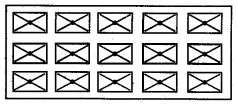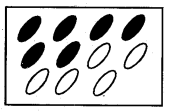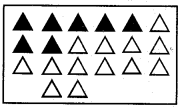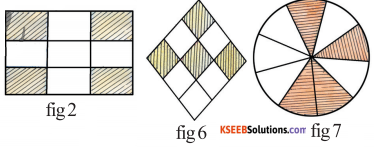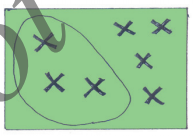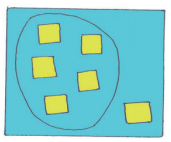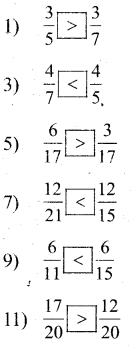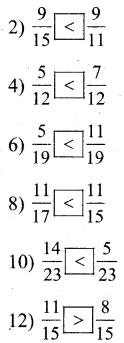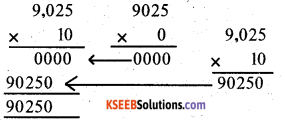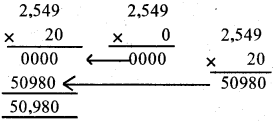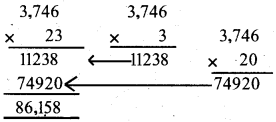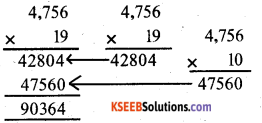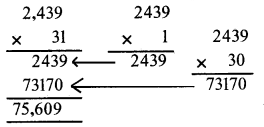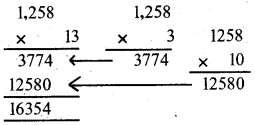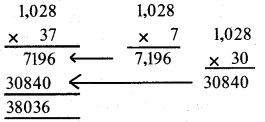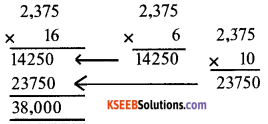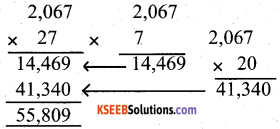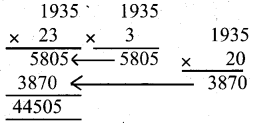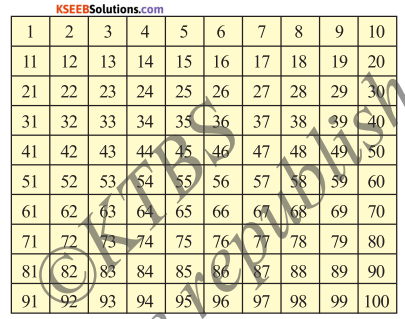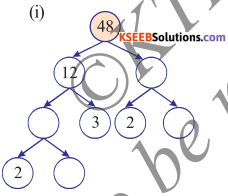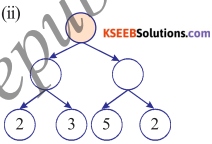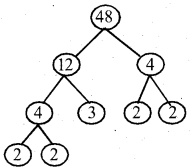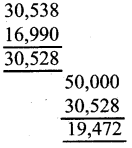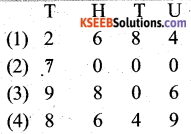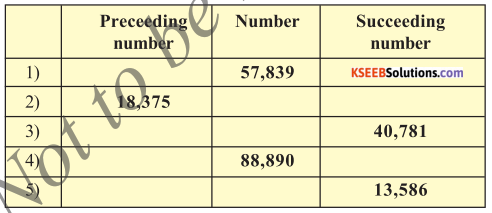Students can Download Maths Chapter 3 Mental Arithmetic Questions and Answers, Summary, Notes Pdf, KSEEB Solutions for Class 5 Maths helps you to revise the complete Karnataka State Board Syllabus and score more marks in your examinations.
Karnataka State Syllabus Class 5 Maths Chapter 3 Mental Arithmetic
KSEEB Class 5 Maths Mental Arithmetic Revision Exercise
I. Round off each of the following numbers to nearest thousands place:
1. 7,547
7,547 lie between 7000 and 8000
Replace by zero

2. 3,469
3,469 lie between 2000 and 3000
Replace by zero

![]()
3. 15,238
15,038
Replace by zero

4. 32,658
32,658
Replace by zero

II. Round off each of the following numbers to nearest ten thousands place:
1. 26,674
26,674
Replace to zero

2. 32,464
32,464
Replace to zero

3. 46,379
46,379
Replace to zero

4. 53,668
53,668
Replace to zero

III. Estimate sum of the following by rounding off to nearest thousands place:
1. 42,125 + 35,637
42,125 is rounded off to nearest thousand – 42,000
35,637 is rounded off to nearest thousand – 36,000

Estimate sum is 78,000
Verification by actual addition – 42125

![]()
2. 54,837 + 41,354
54,837 is rounded off to nearest thousand – 55,000
41,354 is rounded offto nearest thousand – 41,000

Estimate sum is 96,000
Verification by actual addition

3. 33,231 + 20,097
33,321 is rounded off to nearest thousand – 33,000
20,097 is rounded off to nearest thousand – 20,000

Estimate sum is 53,000
Verification by actual addition

4. 47,463 + 41,541
47,463 is rounded off to nearest thousand – 47,000
41,541 is rounded off to nearest thousand – 42,000

Estimate sum is 89,000
Verification by actual addition

IV. Estimate the sum of the following by rounding off to nearest ten thousands place:
1. 56,256 + 24,872
56,256 is rounded off to nearest ten thousand – 55,000
24,872 is rounded off to nearest ten thousand – 25,000

Estimate sum is 80,000
Verification by actual addition

![]()
2. 47,671 + 28,745
47,671 is rounded off to nearest ten thousand – 50,000
28,745 is rounded off to nearest ten thousand – 30,000

Estimate sum is 80,000
Verification by actual addition

3. 32,184 + 45,138
32,184 is rounded off to nearest ten thousand – 30,000
45,138 is rounded off to nearest ten thousand – 50,000

Estimate, sum is 80,000
Verification by actual addition

4. 15,025 + 40,165
15,025 is rounded off to nearest ten thousand – 20,000
40,165 is rounded off to nearest ten thousand – 40,000

Estimate sum is 60,000

V. Estimate the difference of the following by rounding off to nearest thousands place:
1. 65,487 – 46,502
65,487 is rounded off to nearest ten thousand – 64,000
46,502 is rounded off to nearest ten thousand – 46,000

Estimate sum is 18,000
Verification by actual substruction

![]()
2. 45,630 – 32,148
45,630 is rounded off to nearest ten thousand – 44,000
32,148 is rounded off to nearest ten thousand – 30,000

Estimate sum is 14,000
Verification by actual substruction

3. 57,146 – 25,472
57,146 is rounded off to nearest ten thousand – 56,000
25,472 is rounded off to nearest ten thousand – 24,000

Estimate sum is 32,000
Verification by actual substraction

4. 60,046 – 15,247
60,046 is rounded off to nearest ten thousand – 60,000
15,247 is rounded off to nearest ten thousand – 15,000

Estimate sum is 45,000
Verification by actual substraction

VI. Estimate the difference of thefolhming hy rounding off to nearest ten thousands place:
1. 51,689 – 34,685
51,689 is rounded off to nearest ten thousand – 50,000
34,685 is rounded off to nearest ten thousand – 30,000

Estimate sum is 20,000
Verification by actual substraction

2. 86,853 – 47,829
86,853 is rounded off to nearest ten thousand – 85,000
47,829 is rounded off to nearest ten thousand – 45,000

Estimate difference is 40,000
Verification by actual substraction

![]()
3. 80,808 – 55,055
80,808 is rounded off to nearest ten thousand – 80,000
55,055 is rounded off to nearest ten thousand – 50,000

Estimate difference is 30,000
Verification by actual substractiori

4. 77,777 – 44,444
77,777 is rounded off to nearest ten thousand – 70,000
44,444 is rounded off to nearest ten thousand – 40,000

Estimate difference is 30,000
Verification by actual substraction

VII. Estimate the product of each of the following hy rounding off to its highest place:
1. 428 × 54
428 is rounded off to nearest hundred as 400
54 is rounded off to nearest ten as 50

Estimate product is 20,000

2. 878 × 46
876 is rounded off to nearest hundred as 900
46 is rounded off to nearest ten as 50

Verification by actual multiplication
Verification by actual multiplication

3. 5,476 × 11
5,476 is rounded off to nearest hundred as 5000
11 is rounded off to nearest ten as 10

Verification by actual multiplication
Verification by actual multiplication

![]()
4. 2,645 × 18
2,645 is rounded off to nearest hundred as 3000
18 is rounded off to nearest ten as 20

Verification by actual multiplication
Verification by actual multiplication

VIII. Estimate the quotient of each of the following hy rounding off to its highest place.
1. 398 ÷ 82
398 is rounded off to nearest hundred aS 400
82 is rounded off to nearest ten as ÷ 80
Estimate quotient \(\frac{800}{40}\) = 5
2. 786 ÷ 22
786 is rounded off to nearest hundred as 800
22 is rounded off to nearest ten as ÷ 20
Estimate quotient \(\frac{800}{20}\) = 40
3. 3,265 ÷ 58
3,265 is rounded off to nearest hundred as 3000
58 is rounded off to nearest ten as ÷ 60
Estimate quotient \(\frac{3000}{60}\) = 50
4. 7,687 ÷ 43
7,687 is rounded off to nearest hundred as 8000
43 is rounded off to nearest ten as ÷ 40
Estimate quotient \(\frac{8000}{40}\) = 200
IX. Solve the following problems.
Question 1.
A garment company stitched 16,783 shirts and 12,438 pants in a month. Estimate the total number of dresses stitched to the nearest ten thousands place.
Answer:
A garment company stitched shirts – 16,783
A garment company stitched pants – 12,438.
(To the nearest ten thousand place) – 20,000
(To the nearest ten thousand place) – 10,000


Question 2.
A news paper agent sells 36,721 papers in first month and 24,172 papers in sec¬ond month. Estimate the decrease in sale of the newspaper in second month to the nearest ten thousands place.
Answer:
In first month a news paper agents sells – 36,721
In Second month a news paper agents sells – 24,172
(To the nearest ten thousand place)
first month – 40,000
Second month – 20,000

The estimated substraction of sale of the newspaper 20,000
![]()
Question 3.
A train can cover 225 km in one hour. Estimate the distance covered in a day to the highest place.
Answer:
A train can cover 225 Km in 1 hour
The distance covered in a day = 24 hours
(To the highest place) 200

Question 4.
A carpenter earned Rs. 18,634 during the month of November and Rs. 32,645 in December. Estimate how much more he earned in December to the nearest ten thousands place.
Answer:
A carpet earned in november – 18,634
A carpet earned in december – 32,645
(To the nearest ten thousand place)

![]()




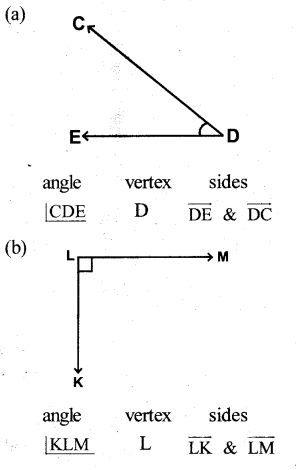

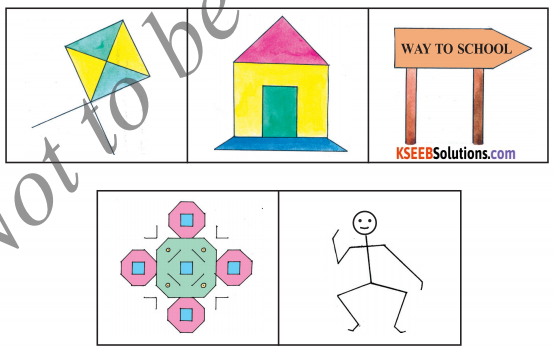
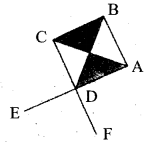
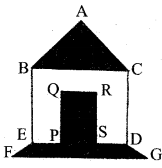
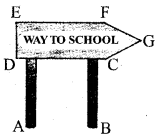
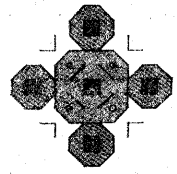
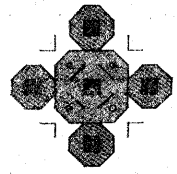






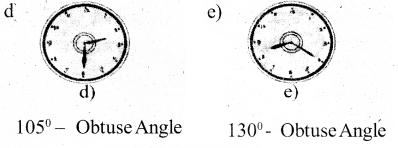
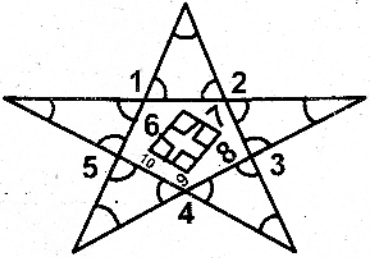
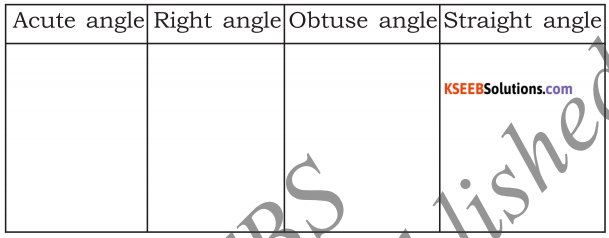




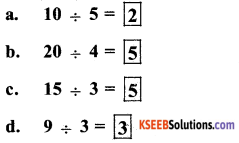








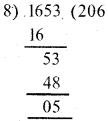
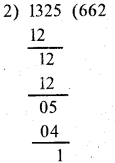
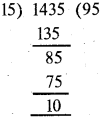
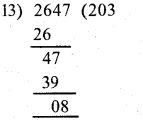

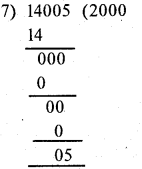
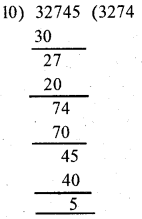
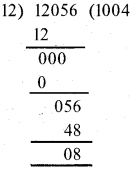
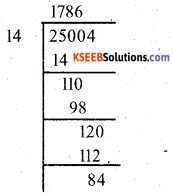
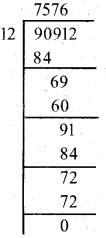

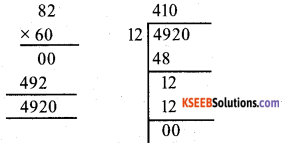







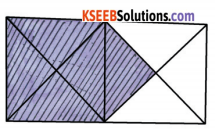








 \(\frac{4}{7}\)
\(\frac{4}{7}\)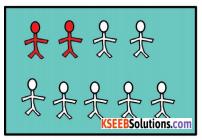 \(\frac{2}{9}\)
\(\frac{2}{9}\) \(\frac{7}{10}\)
\(\frac{7}{10}\)





